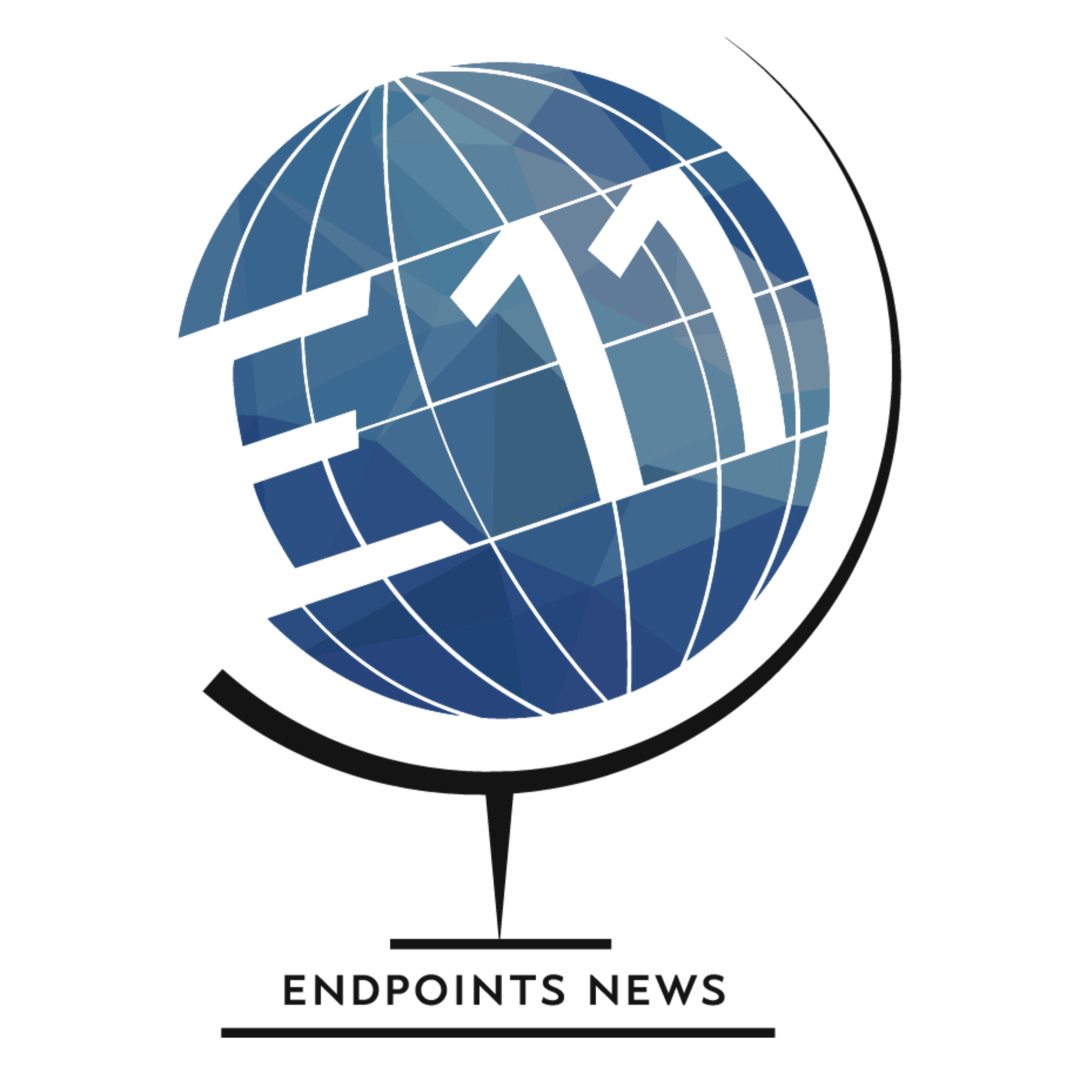
The Endpoints 11: A group of disruptive upstarts on a do-or-die mission to launch new meds
Over the last 15 years I’ve had the chance to help select about 200 private biotechs for up-and-coming awards like this. Looking over the rank and file of this disruptive crowd, I had my standouts, my OK borderline selections, and some truly dreadful, cringe-worthy choices.
Such is the game of judging private biotechs, where you always wind up making hunches based on an incomplete picture. But then that’s also much of the fun, right?
Everyone who does this sort of thing likes to pretend that they can pick which of these fledglings can shoot the rapids of drug development and come out of the white water doing high fives. But the reality is that we all have our good and bad ideas.
And you learn along the way.

With my first selection of the Endpoints 11 (complete with a neat logo conceptualized by our creative assistant editor Amber Tong), I’m getting started on generation 2.0 of my idea of top companies that just may be headed for greatness.
There are several key attributes that characterize each of the E11, and help me hedge my bets. Each represents an important trend in biotech creation.
Most have top teams that are well recognized for earlier successes. Experienced biotech execs these days can generally have their pick of the litter when it comes to new companies angling for a launch. So when you see a prominent biotech exec make the transition out of incubation and onto the stage — often alongside close associates that they have known and worked with for years — it may not guarantee a winner, but it sure is comforting when smart, successful people love the science behind a startup.
That will serve as my segue into technology. Me-too drugs have been discredited for years now. Payers may use them to pick the lock on lower prices, but it’s a woeful development strategy. Every company in this year’s maiden E11 is swinging for the fences, looking to drug the undruggable or race with ambitious rivals to achieve something remarkable.
So scientific ambition is key.
Enough money to get through to the next stage of human data is critical.
There is a healthy debate going on right now whether the 4-year tidal wave of investor cash coursing through the industry is essentially causing risky behavior that will squander cash. Given the inherent risks associated with drug development, and the groundbreaking nature of what they’re trying to achieve, a good chunk of that investment money is going up in flames — under the best of circumstances.
If anyone in the E11 fail, it likely won’t be because they were starved for cash. And this business isn’t cheap. Also, if any of these companies below go belly up, you will hear the explosion from halfway around the world.
The right partner can be everything in this business, helping make all the difference in picking up speed in the clinic and providing the kind of commercial clout needed to move markets. That’s another big factor in the list.
If there’s one overarching theme I’d like to highlight most, it’s that drug development is a global pursuit. The US may be where the money is in terms of windfall profits, and it may still drive the lion’s share of the development work as the industry feels the full flush of cash coursing through labs, but the science is international. So is much of the clinical work. These companies span three continents, from North America to Europe and Asia.
And Asia is coming on strong, with major implications for the industry as a whole.
Finally, just because this is the first E11 doesn’t mean I’m starting over. If you’ve already been highlighted in another annual award I once managed, your chances of a repeat here were reduced to nil. We need to share the spotlight.
I’ll be back in the fall with my picks of 2018. And if you have any recommendations along the way, send them my way as I manage the next short list. — John Carroll
Sign up to read this article for free.
Get free access to a limited number of articles, plus choose newsletters to get straight to your inbox.